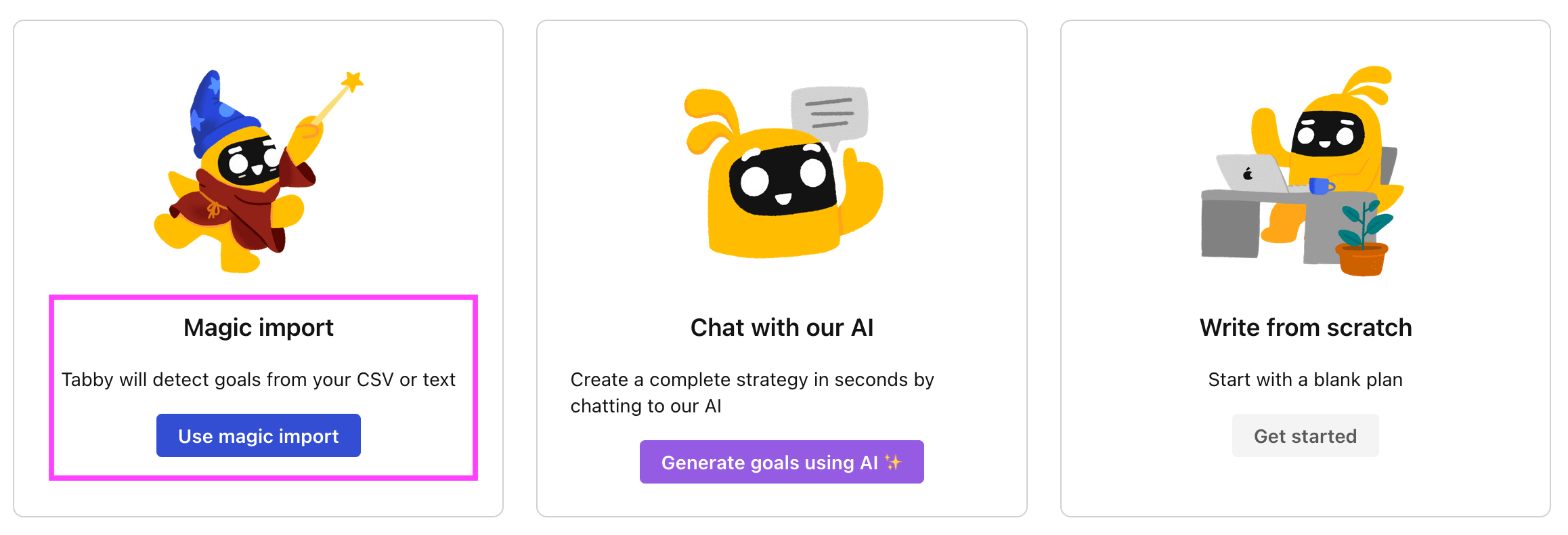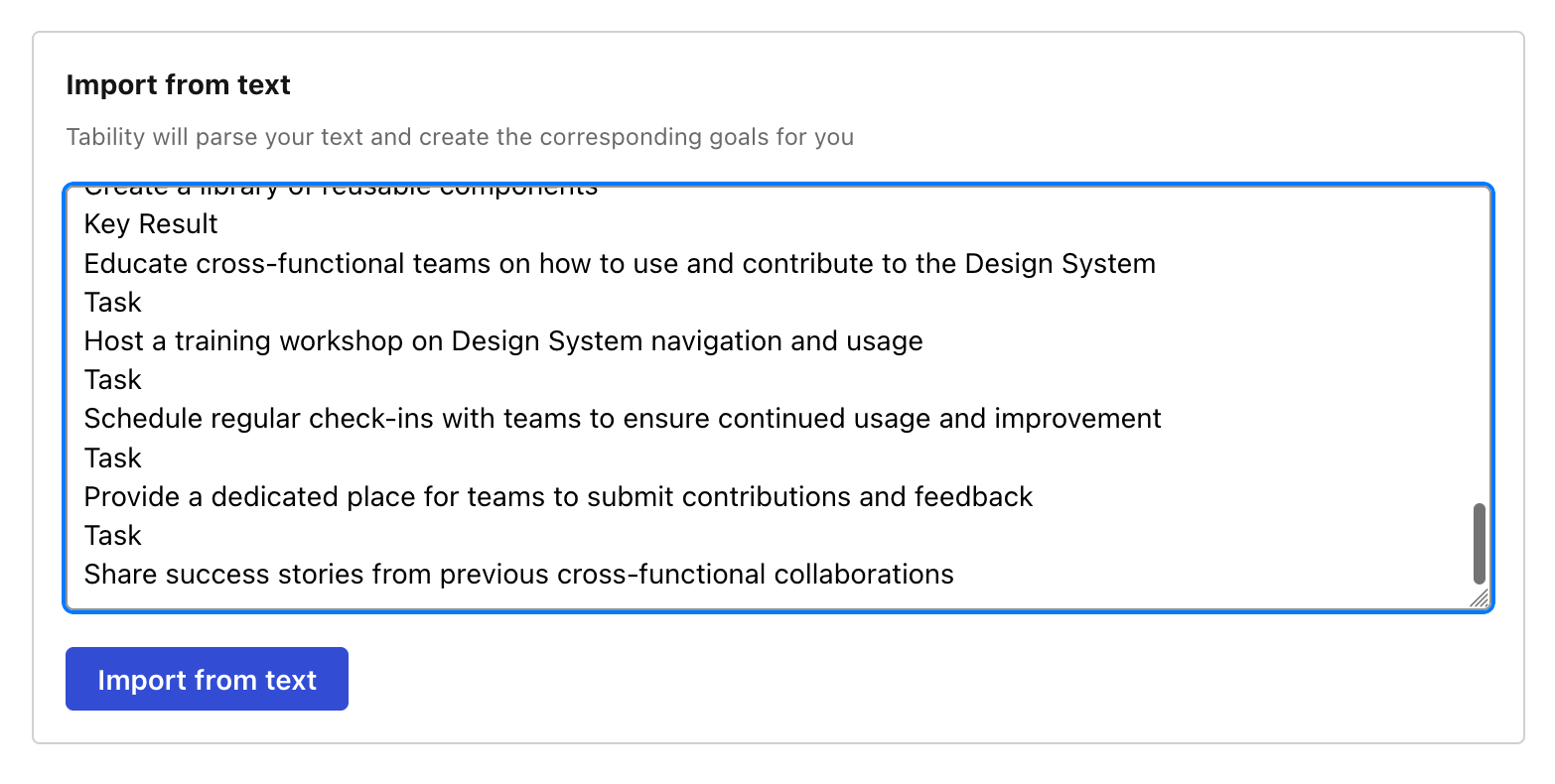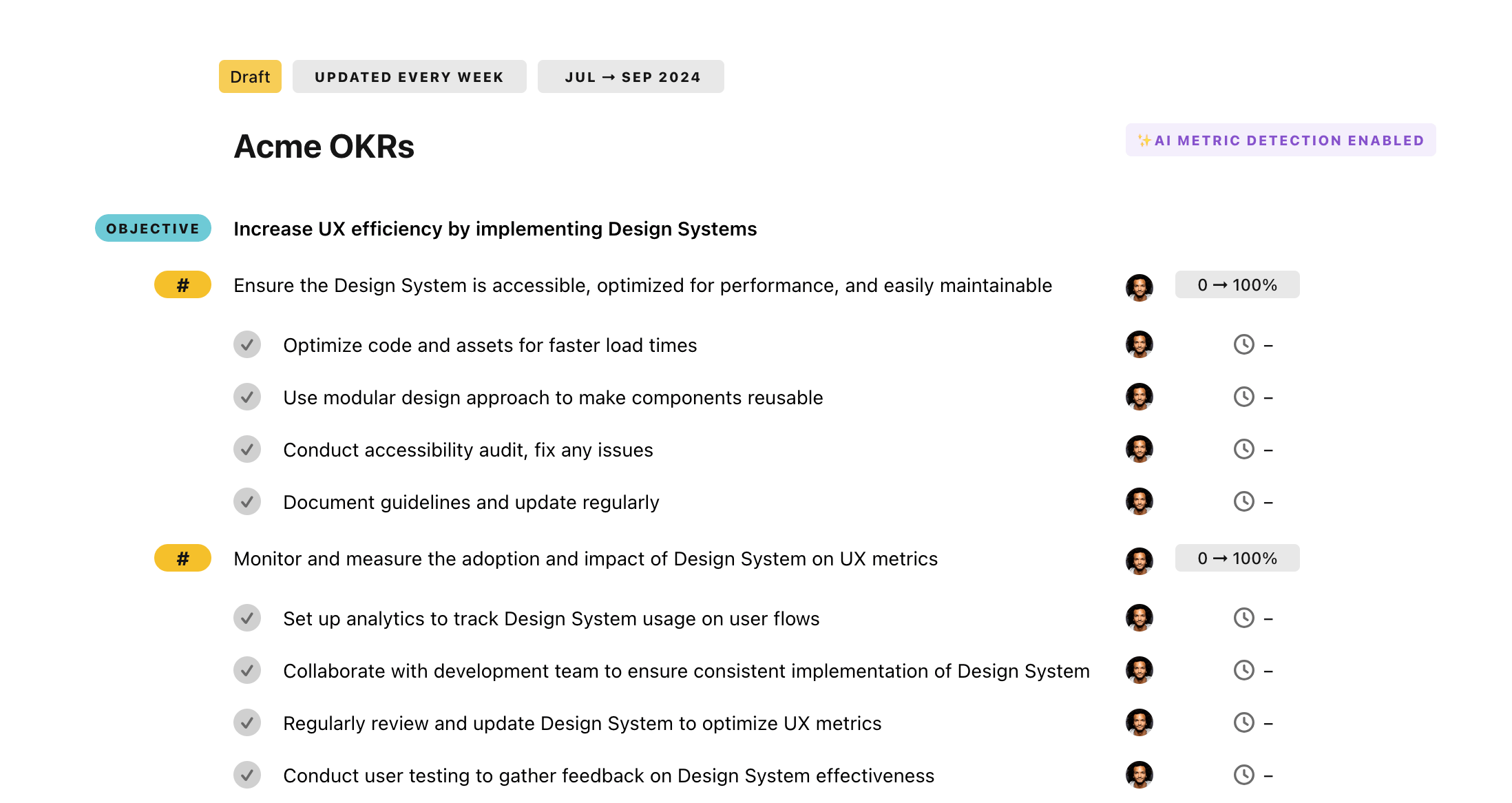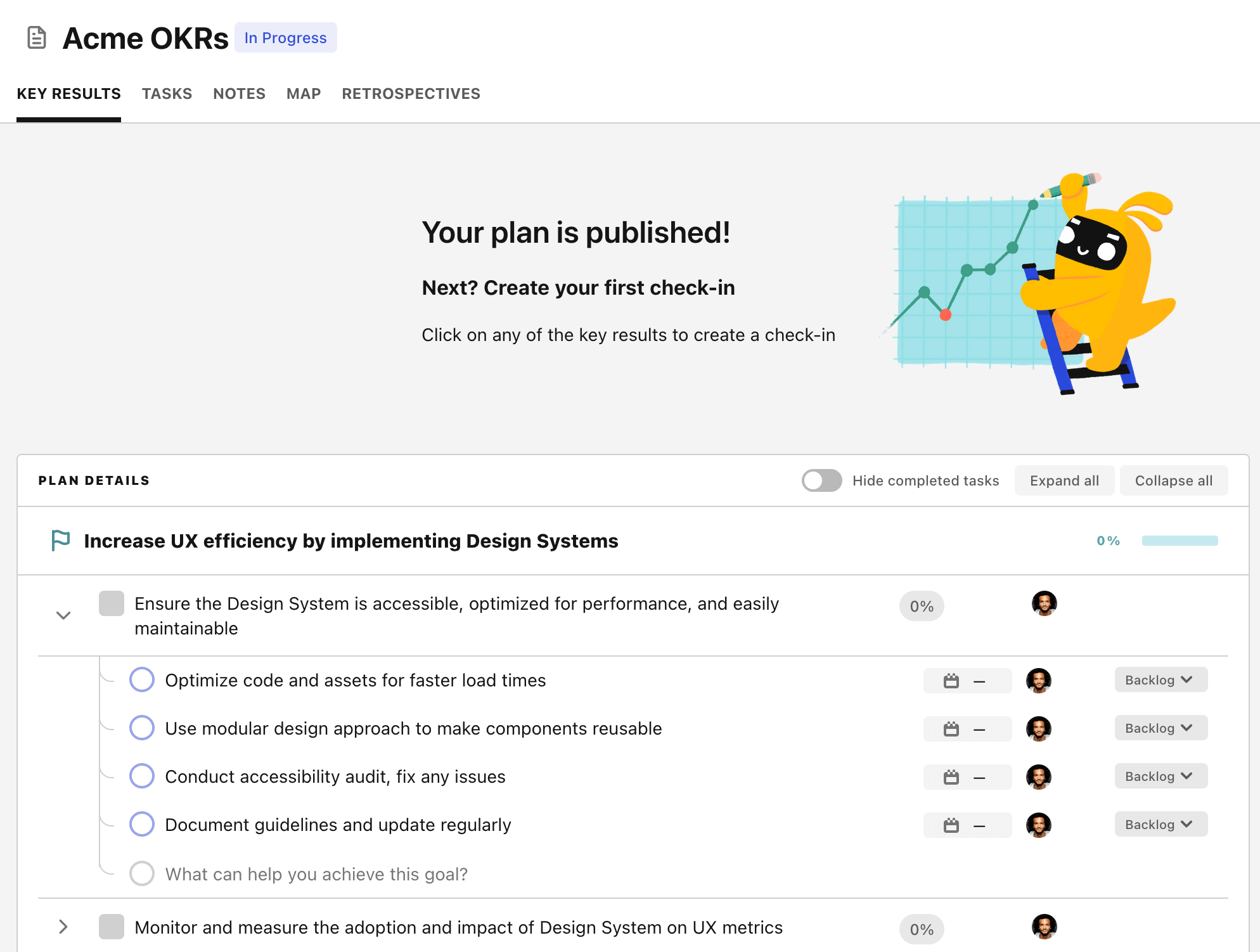OKR template to implement a digitized maintenance request system
Your OKR template
The second objective is to minimize physical request submissions dramatically. They wish to see a 70% decrease in physical request submissions by migrating to an online submission portal. This involves employee training for utilizing the new system and communicating the advantages of e-submissions to customers.
The final phase of the OKR is directed towards ensuring that employees are proficient in using the new system. A proficiency rate of 85% is expected amongst staff regarding using the system. This entails providing frequent, extensive training, implementing proficiency metrics, and conducting regular testing as well as appointing immediate tech support.
Overall, this OKR is directed towards digital transformation and optimization of maintenance request process. The goal is to ensure smoother operation through a reduced reliance on traditional, physical request submissions and elevate employee efficiency.
ObjectiveImplement a digitized maintenance request system
KRFully design the digital request interface by mid-quarter
Define interface requirements and functionalities
Test and finalize interface design
Create wireframes and digital request prototypes
KRReduce physical request submissions by 70%
Conduct training for digital request submission
Implement an online submission portal for requests
Promote e-submission benefits to clients
KRAchieve 85% employee proficiency in utilizing the system
Offer frequent, comprehensive training on system usage
Implement proficiency metrics and regular testing
Provide immediate technical support for any issues
How to edit and track OKRs with Tability
You'll probably want to edit the examples in this post, and Tability is the perfect tool for it.
Tability is an AI-powered platform that helps teams set better goals, monitor execution, and get help to achieve their objectives faster.
With Tability you can:
- Use AI to draft a complete set of OKRs in seconds
- Connect your OKRs and team goals to your project
- Automate reporting with integrations and built-in dashboard
Instead of having to copy the content of the OKR examples in a doc or spreadsheet, you can use Tability’s magic importer to start using any of the examples in this page.
The import process can be done in seconds, allowing you to edit OKRs directly in a platform that knows how to manage and track goals.
Step 1. Sign up for a free Tability account
Go tohttps://tability.app/signup and create your account (it's free!)
Step 2. Create a plan
Follow the steps after your onboarding to create your first plan, you should get to a page that looks like the picture below.

Step 3. Use the magic importer
Click on Use magic import to open up the Magic Import modal.
Now, go back to the OKR examples, and click on Copy on the example that you’d like to use.

Paste the content in the text import section. Don’t worry about the formatting, Tability’s AI will be able to parse it!

Now, just click on Import from text and let the magic happen.

Once your example is in the plan editor, you will be able to:
- Edit the objectives, key results, and tasks
- Click on the target 0 → 100% to set better target
- Use the tips and the AI to refine your goals
Step 4. Publish your plan
Once you’re done editing, you can publish your plan to switch to the goal-tracking mode.

From there you will have access to all the features that will help you and your team save hours with OKR reporting.
- 10+ built-in dashboards to visualise progress on your goals
- Weekly reminders, data connectors, and smart notifications
- 9 views to map OKRs to strategic projects
- Strategy map to align teams at scale